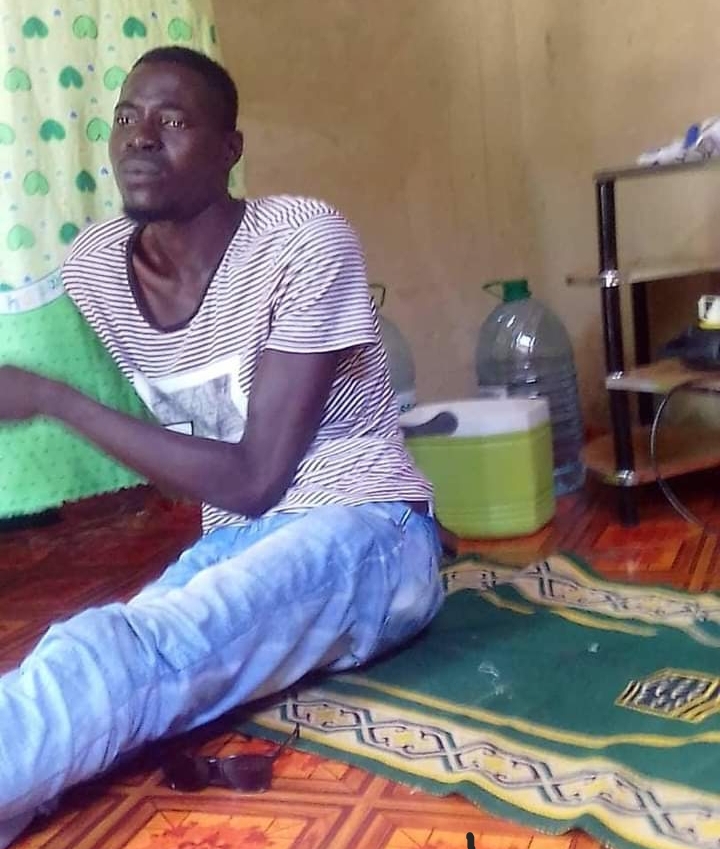 NEWS RELEASE
NEWS RELEASE
WASHINGTON, November 19, 2021—Today, the World Bank Board approved $50 million additional financing in the form of grants from the International Development Association (IDA)* to improve the quality and utilization of essential health services in The Gambia.
In addition to expanding the provision of performance-based financing grants to health facilities from the five rural regions to the entire country, the additional financing will fund the construction and equipment of a national emergency treatment center intensive care unit, emergency observation and treatment center, national public health laboratory and training center, and national blood transfusion center. This additional financing will also support the safe removal of asbestos roofs in selected facilities.
“Since April 2020, the World Bank has provided almost $100 million in grants to support the Government’s long-term efforts toward building a sustainable and comprehensive health care delivery system in The Gambia,” said Ms. Feyi Boroffice, World Bank Resident Representative for The Gambia.
This additional financing will also support the implementation of the National Health Insurance Act that was passed by the National Assembly last week. The project will support capacity building of the proposed National Health Insurance Authority with and establishment of electronic systems for enrollment, provider and beneficiary management, claims processing, and performance-based contracting of health facilities.
“These investments are geared towards ensuring that the poor have access to quality health services and reducing the high maternal mortality ratio and under-five mortality rate.” said Dr. Samuel Mills, the World Bank Task Team Leader for the Project.
The World Bank’s International Development Association (IDA), established in 1960, helps the world’s poorest countries by providing grants and low to zero-interest loans for projects and programs that boost economic growth, reduce poverty, and improve poor people’s lives. IDA is one of the largest sources of assistance for the world’s 74 poorest countries, 39 of which are in Africa. Resources from IDA bring positive change to the 1.3 billion people who live in IDA countries. Since 1960, IDA has provided $458 billion to 114 countries. Annual commitments have averaged about $29 billion over the last three years (FY19-FY21), with about 70 percent going to Africa.
Contacts:
In Banjul: Haddija Jawara, (220) 7454855, hjawara1@worldbank.org
Ends




Hi there to all, how is everything, I think every one is getting more from this website, and your views…
That is so true. Omg, you nailed it. That is exactly typical Gambian attitude unfortunately, it is very depressing.
Ba Buwa is a great man! I first heard his name when I was in Kiang Karantaba Primary School between…
[…] cuatro cuestiones que el comité no pudo resolver son las siguientes: canepa kanye Bubba (Bobby) Sangiang y Momodo Lamine…
Honestly, everything you said here was true and valid. He is obviously my inspiration and motivation. He is my Dad.